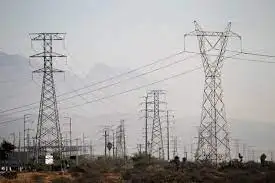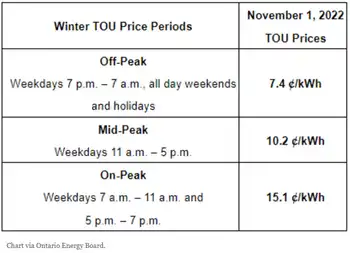Cellphone industry eyes charger power savings
HELSINKI, FINLAND - The world's top five cellphone makers launched a common energy rating system for chargers, making it easier for consumers to compare and choose the ones consuming the least energy, Nokia said.
The new rating system is a cellphone industry response to heavy criticism from environmentalists. The industry has become the world's top consumer electronics business by volume.
The new ratings system covers all chargers currently sold by Nokia, Samsung, Sony Ericsson, Motorola and LG Electronics, and ranges from five stars for the most efficient chargers down to zero stars for the ones consuming the most energy.
If left plugged into the socket, chargers continue to use electricity even if the phone is disconnected. Nokia said around two-thirds of the electricity used by mobile phones is wasted this way.
"If the more than three billion people owning mobile devices today switched to a four- or five-star charger, this could save the same amount of energy each year as produced by two medium sized power plants," Nokia said in a statement.
The world's top four charger makers include Flextronics, China's BYD Co, Emerson Group and Finnish Salcomp.
"This should be positive for us," Salcomp Chief Executive Markku Hangasjarvi told Reuters. "Such chargers are more difficult to produce, their average selling price is higher and they demand special know-how."
Related News

Energy prices trigger EU inflation, poor worst hit
BERLIN - Higher energy prices, including for natural gas, are pushing up electricity prices and the cost of living for households across the EU, prompting governments to cut taxes and provide financial support to the tune of several billion euros.
A series of reports published by Cambridge Econometrics in October and November 2022 found that households in EU countries are spending much more on energy than in 2020 and that governments are spending billions of euros to help consumers pay bills and cut taxes.
In France, for example, the poorest households now spend roughly one-third more on energy than in 2020. Between…




